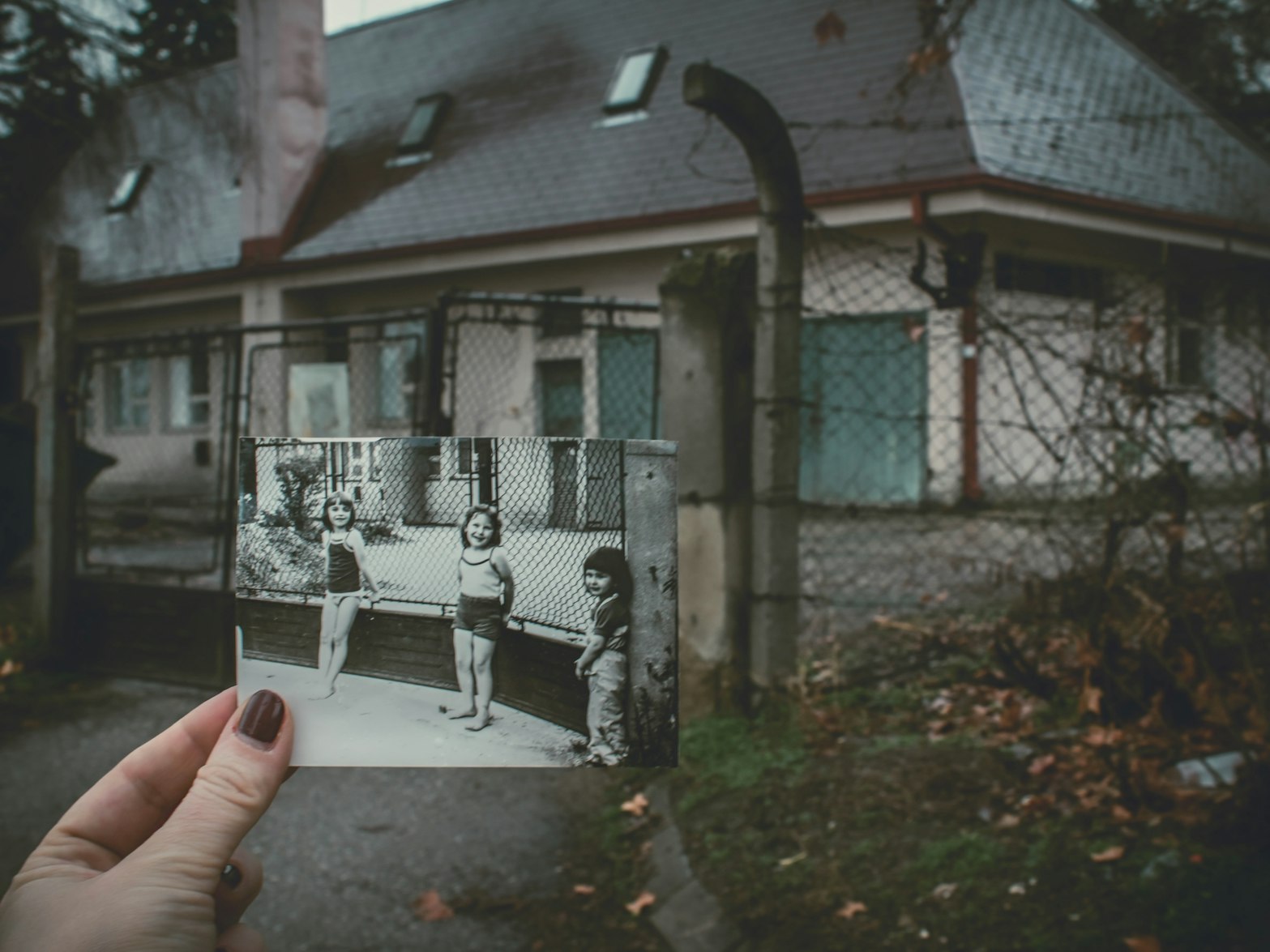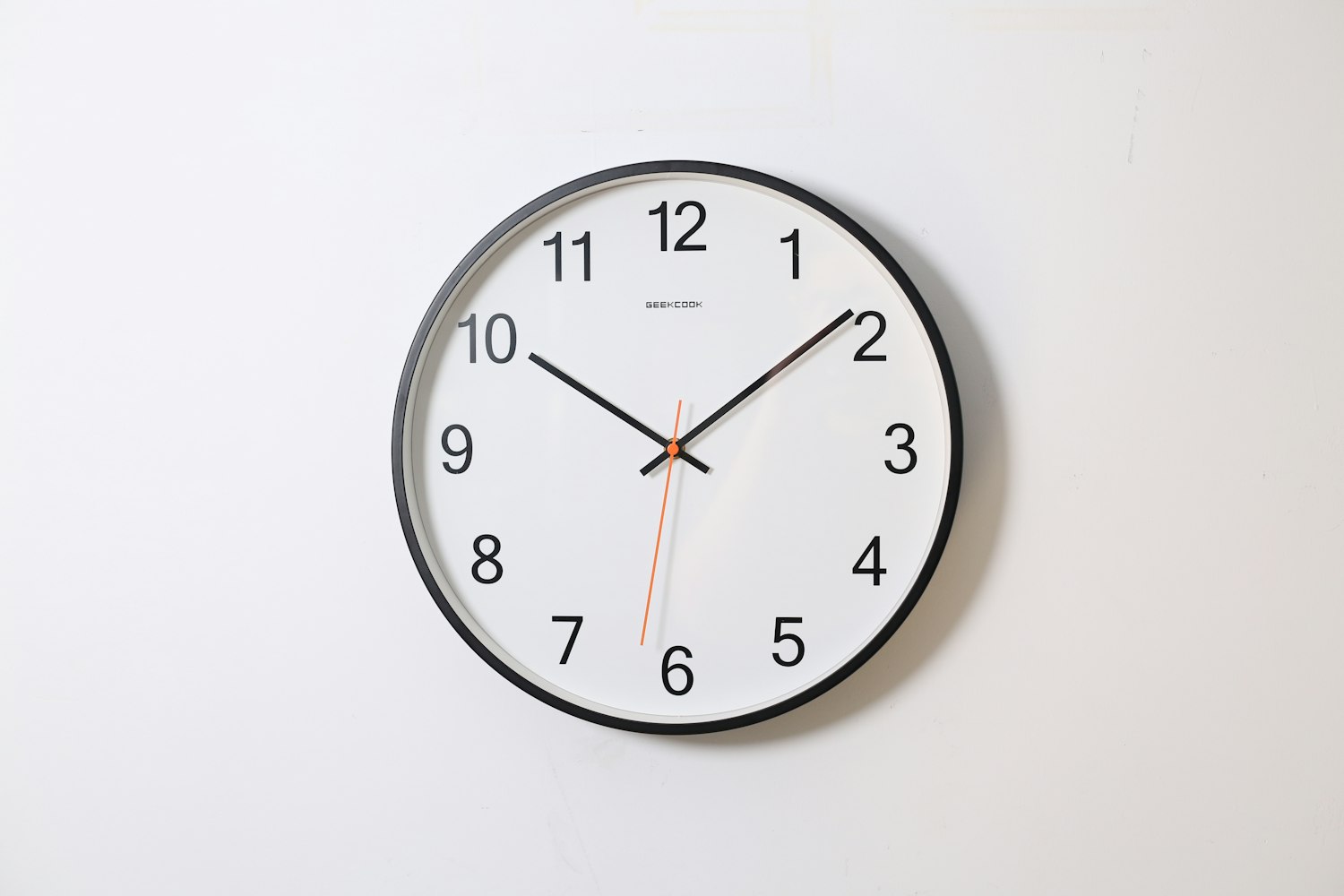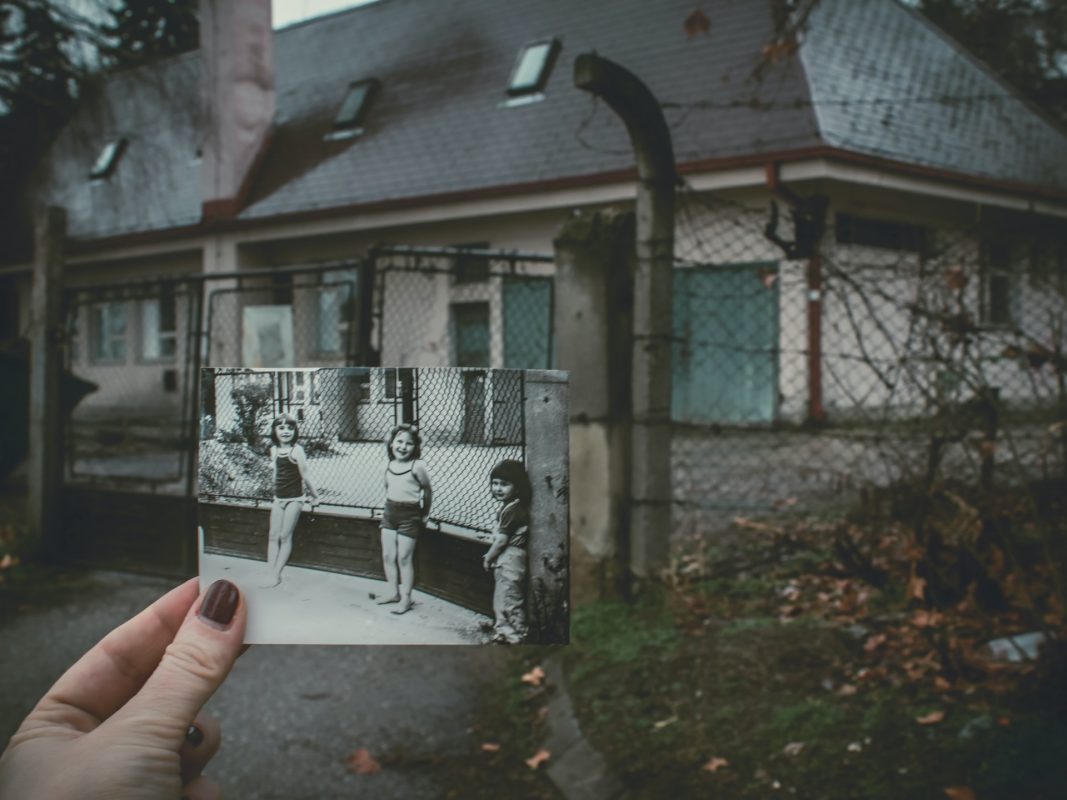Blog
6 Ways Of Creating The Perfect Flashback In Your Kindle Book.
Flashbacks are a great way of adding depth and communicating vital information in your Kindle book. But, creating a compelling, memorable one that adds to the story in the right way is not always an easy task. In this article, I'm going to break down how you can create the perfect flashback.
1. Find A Trigger to Ignite A Flashback

A flashback doesn’t come out of nowhere in real life, so shouldn’t come out of nowhere in your story, and shouldn’t be the first thing that occurs in a chapter.
There needs to be a strong trigger in the present of the story that causes a flashback to occur. An effective flashback in a book often has an external stimulus in the present that triggers the flashback.
2. Find A Trigger to Propel A Return to The Present

Just as there needs to be a trigger to ignite a flashback, similarly, there needs to be a trigger that propels your character out of the flashback and back into the present within the book. Much like with triggering a flashback, the thing that propels the character back into the present tense can be an external stimulus in the present tense of the story, like a slamming door.
3. Keep It Concise

The key to an effective flashback is for it to be concise and short and for it to not linger on, as if it does then you run the risk of making the flashback less meaningful and less impactful.
So, before you write your flashback, have clear what the intended purpose of the flashback is and how you would like the reader to feel once they have read the flashback, whilst maintaining a close eye on the length of the flashback.
A good way of gauging if your flashback is too long or not is by having a good look at the length of flashbacks in other books within your genre, and gauge an average from that.
4. Make Sure The Flashback Advances The Story

The best flashbacks actually advance the story and add depth to the story and are not just placed in the story to add something unique or to add variety for the sake of it.
You need to think clearly about how you want the flashback to advance the story and add depth to the story before you start writing and keep that front of mind as you are writing it.
5. Use Flashbacks Occasionally.

It’s important to use flashbacks sparingly and not overdo them within the story. If you use flashbacks too often, they may cease to have the effect you are trying to achieve on the reader.
Further, overusing flashbacks runs the risk of confusing the reader by pulling them out of the present story too much.
6. Read Other Examples Of Good Flashbacks

A key way of writing better and more effective flashbacks in your Kindle books is by reading examples of other good flashbacks in popular books. This will give you a strong idea of the sort of techniques you need to implement in order to write an impactful, interesting flashback.

